
Photo
Grades: 3 4 5 6 7 8 9 10 11 12

Though we celebrate individuals and families as the keystone of our society, and celebrate the communities in which the individuals live and work, it is often institutions that bridge the gap between the individual (or family) and the community. Institutions are the way in which we organize ourselves to achieve commonly held goals. Education begins at home--but it is the institutional structure of schools, academies, colleges, and universities that makes us an educated people. Faith is a private and individual matter of belief--but it is most often through the institutional churches that belief becomes active in the community. Communities provide hospitals, orphanages, prisons, and police and fire departments, because we value our mutual health and safety. And finally, government in a democratic republic is the institution we create to link all those institutions and ourselves together, to ensure that they work for the benefit of all of us, not just for a few. In this section of the collection you will find images of the physical structures in which institutions are housed, as well as a picture of the people that make them work.
Courtesy of the South Caroliniana Library.

Photo
Grades: 3 4 5 6 7 8 9 10 11 12

Photo
Grades: 3 4 5 6 7 8 9 10 11 12

Photo
Grades: 3 4 5 6 7 8 9 10 11 12
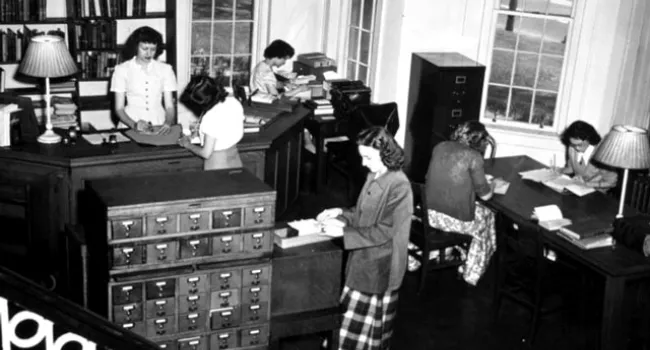
Photo
Grades: 3 4 5 6 7 8 9 10 11 12
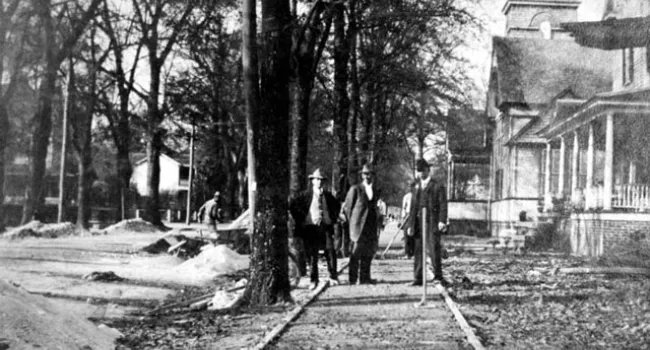
Photo
Grades: 3 4 5 6 7 8 9 10 11 12

Photo
Grades: 3 4 5 6 7 8 9 10 11 12
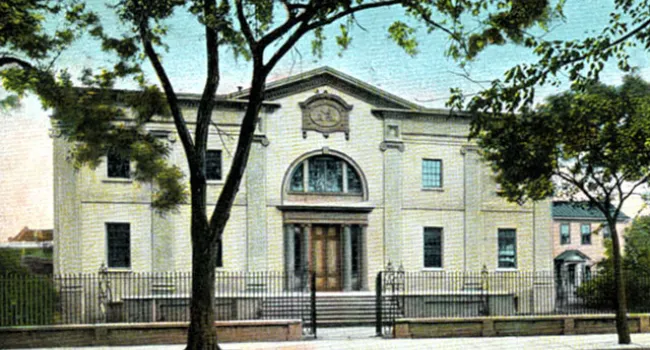
Photo
Grades: 3 4 5 6 7 8 9 10 11 12
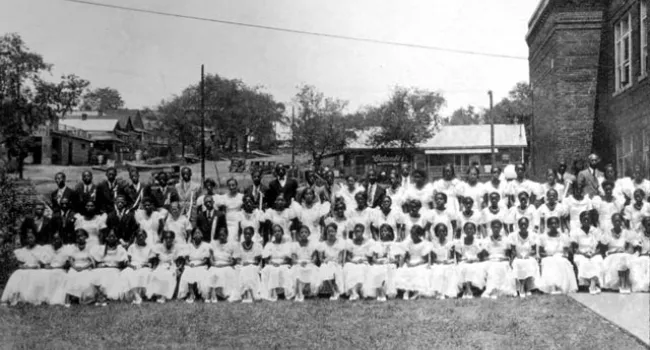
Photo
Grades: 3 4 5 6 7 8 9 10 11 12
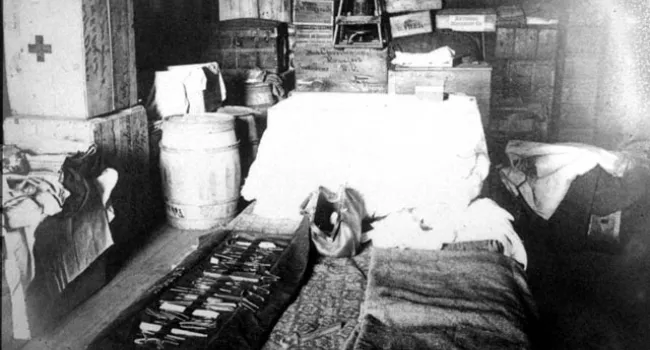
Photo
Grades: 3 4 5 6 7 8 9 10 11 12
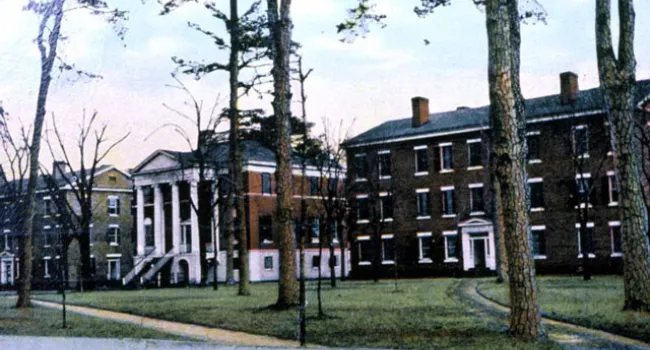
Photo
Grades: 3 4 5 6 7 8 9 10 11 12

Photo
Grades: 3 4 5 6 7 8 9 10 11 12
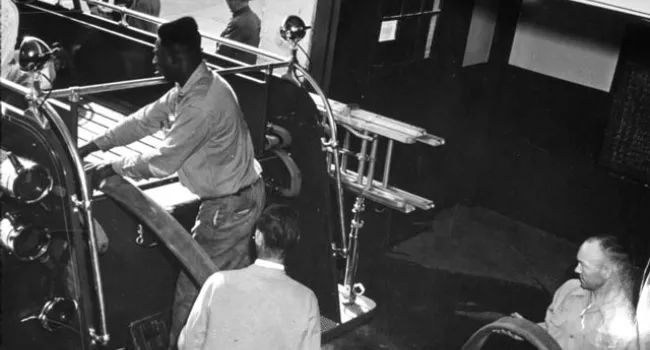
Photo
Grades: 3 4 5 6 7 8 9 10 11 12
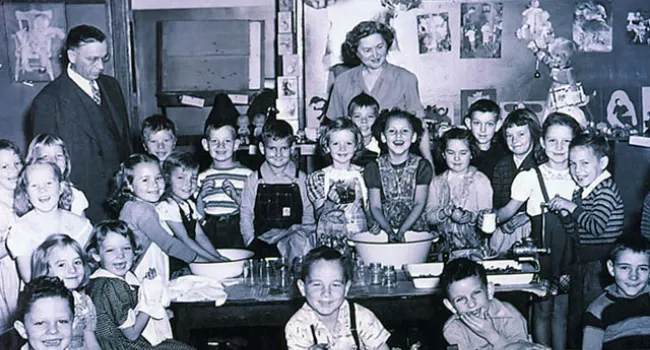
Photo
Grades: 3 4 5 6 7 8 9 10 11 12
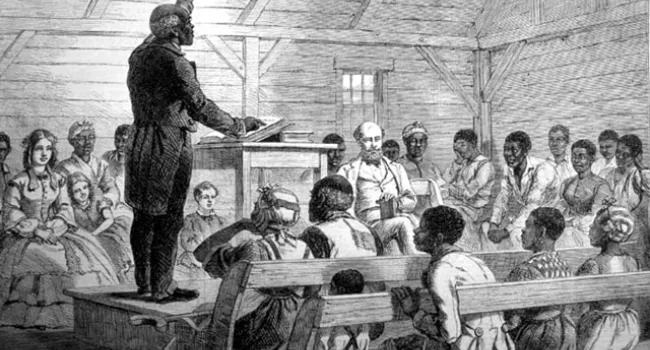
Photo
Grades: 3 4 5 6 7 8 9 10 11 12

Photo
Grades: 3 4 5 6 7 8 9 10 11 12

Photo
Grades: 3 4 5 6 7 8 9 10 11 12
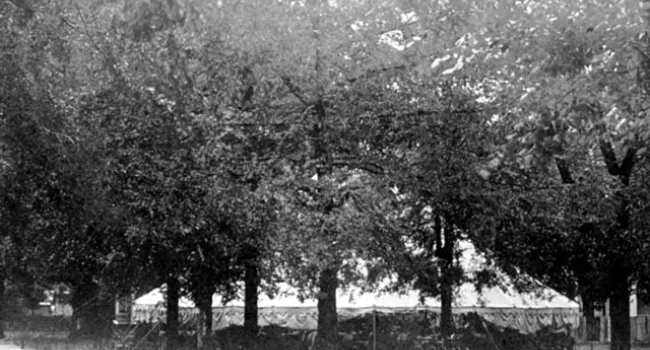
Photo
Grades: 3 4 5 6 7 8 9 10 11 12
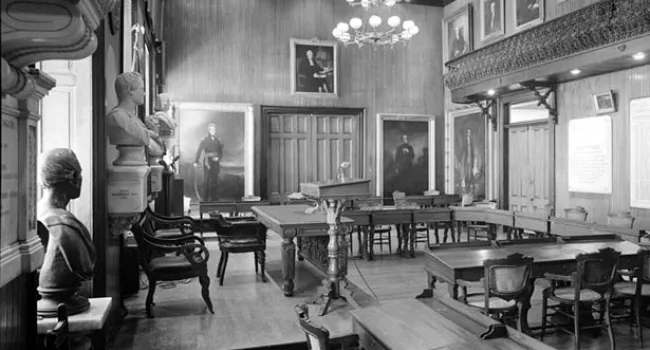
Photo
Grades: 3 4 5 6 7 8 9 10 11 12
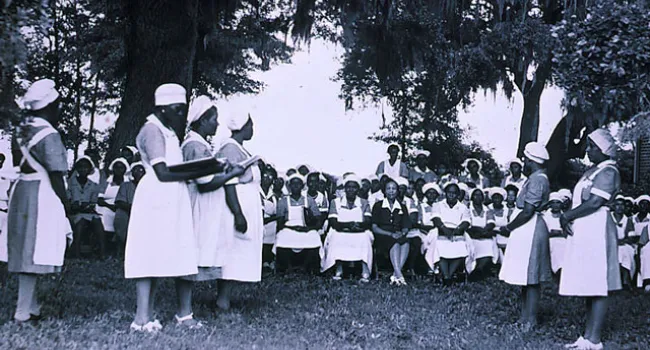
Photo
Grades: 3 4 5 6 7 8 9 10 11 12
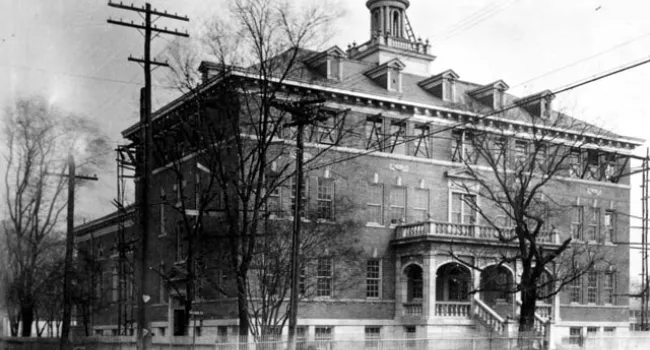
Photo
Grades: 3 4 5 6 7 8 9 10 11 12
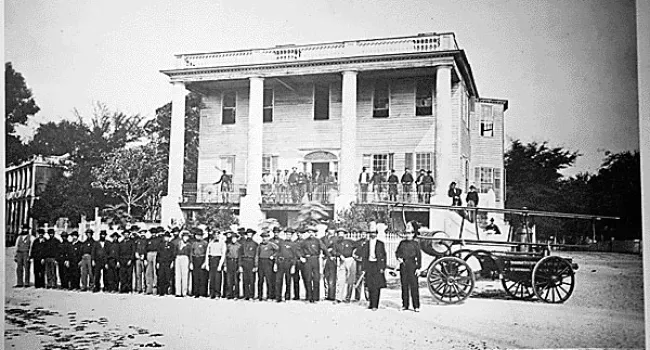
Photo
Grades: 3 4 5 6 7 8 9 10 11 12
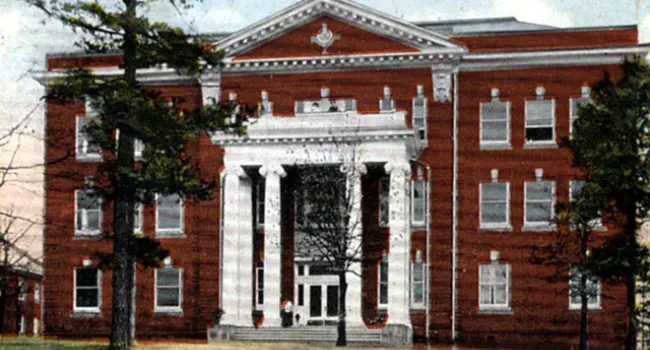
Photo
Grades: 3 4 5 6 7 8 9 10 11 12
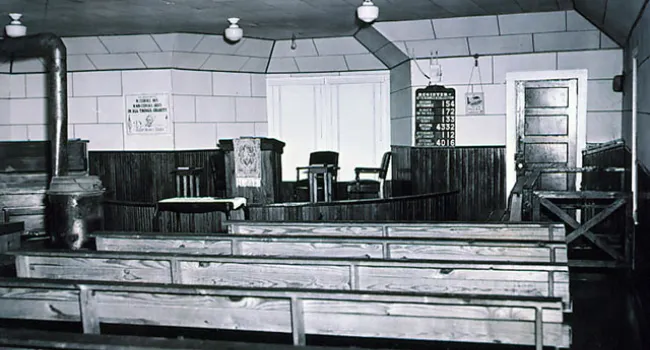
Photo
Grades: 3 4 5 6 7 8 9 10 11 12
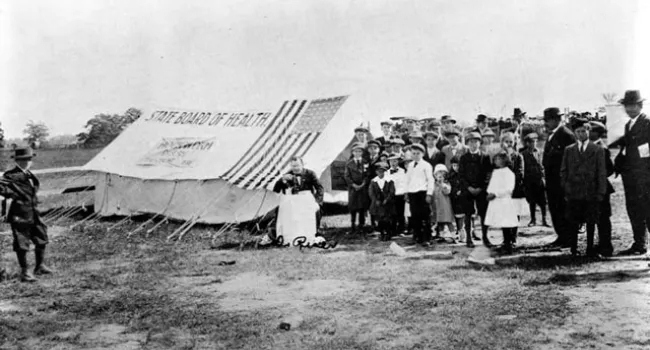
Photo
Grades: 3 4 5 6 7 8 9 10 11 12